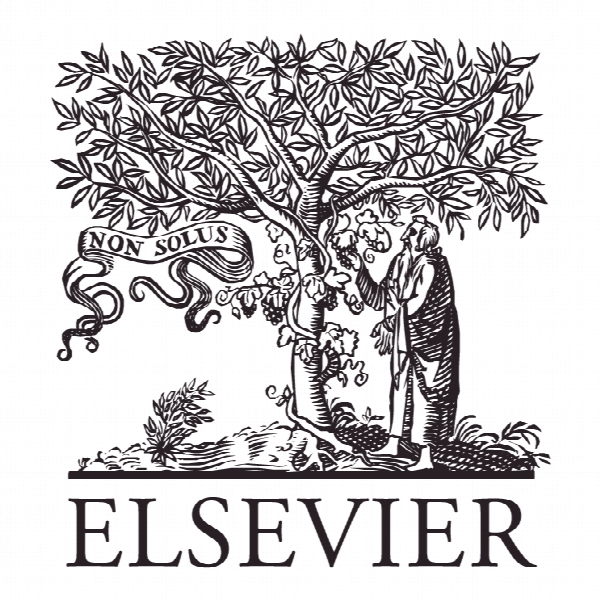یک مدل ابتکاری برای ارائه آموزش تجارت در هند An innovative model for delivering business education in India
- نوع فایل : کتاب
- زبان : انگلیسی
- ناشر : Elsevier
- چاپ و سال / کشور: 2017
توضیحات
رشته های مرتبط مدیریت
گرایش های مرتبط مدیریت کسب و کار MBA
مجله بین المللی آموزش مدیریت – The International Journal of Management Education
دانشگاه دانشکده تجارت، Fraser Valley، کانادا
نشریه نشریه الزویر
گرایش های مرتبط مدیریت کسب و کار MBA
مجله بین المللی آموزش مدیریت – The International Journal of Management Education
دانشگاه دانشکده تجارت، Fraser Valley، کانادا
نشریه نشریه الزویر
Description
1. Introduction and purpose The internationalization of post-secondary education is an area of increasing activity for many universities and colleges. In Canada, that activity has been driven by government policies aimed at increasing international student numbers, and by the need for post-secondary institutions to develop new revenue sources to offset declines in government funding. In 2013, the most recent year for which complete data are available, there were 222,530 international students enrolled in Canadian postsecondary programs (Deacon, 2015); an earlier survey indicated that international students in Canadian university programs paid on average nearly $17,000 CDN per year in tuition and other educational fees (Kunin, 2012). Business programs are often a focus of internationalization efforts by Canadian post-secondary institutions because of international students’ interest in studying business in Canada. In the 2013-14 academic year, 53,112 international students in Canadian post-secondary institutions were enrolled in undergraduate business, management and public administration programs (Statistics Canada, 2015). Undergraduate business-related programs were the most popular field of study for undergraduate internationalstudents in Canada, representing 33% of total international student enrollment in Canadian undergraduate programs (Statistics Canada, 2015) e an increase from 23.2% in 2008 (McMullen & Elias, 2011). In British Columbia, 32% of international students enrol in business programs – more than double the 14% rate of domestic students (Heslop, 2014). India is a country of interest to many Canadian post-secondary institutions recruiting international students because of the long-standing business and demographic connections between Canada and India. The annual value of trade in manufactured goods between Canada and India is nearly $3 billion CDN (Asia Pacific Foundation, 2014). Over 1.5 million Canadians identify themselves as being South Asian (Statistics Canada, 2012) and since the mid-1990s, India has been the second-largest source of immigration to Canada, outnumbered only by immigration from China (Gee, 2011). India is also an attractive source of international students for Canadian universities because of the large numbers of potential students, the well-established Indian secondary and post-secondary education systems, and Indian students’ familiarity with English. In 2011, over 20 million Indian students were enrolled in primary and secondary schools where English was the language of instruction (Rahman, 2012). In the 2012/13 academic year, more than 2000 international students from India were enrolled in British Columbia’s post-secondary institutions e the highest number of students from any country other than China (Heslop, 2014). However, it can be challenging for foreign post-secondary institutions to establish an educational presence in India or to recruit Indian students, because of India’s complex regulatory systems and the difficulties that non-Indians face in understanding and functioning within India’s distinctive culture. The University of the Fraser Valley (UFV) in British Columbia, Canada, has taken a unique approach to recruiting Indian students for its business administration programs. Since 2006, UFV has offered its entire four-year Bachelor of Business Administration (BBA) program in Chandigarh, a modern city in the northwestern region of India. The UFV Chandigarh BBA program is unique because of its structure. While the courses are offered on the campus of a partner institution, the Chandigarh students are enrolled as UFV students, and the program’s courses are UFV’s courses. Students in the program can transfer to UFV in Canada at any point during the program, or can complete the entire BBA program in Chandigarh. The purpose of this paper is to describe the process of creating UFV’s Chandigarh BBA program, and to outline some of the challenges and benefits of the program over its nearly 10 years of operation. This information will be of interest to other postsecondary institutions recruiting Indian students, or those exploring partnerships with Indian post-secondary programs or institutions. The UFV Chandigarh BBA program may not be easily replicable elsewhere because of its structure and because of the resources required for its design and implementation, but UFV’s experiences in establishing and operating the program may provide useful ideas to other post-secondary institutions interested in the Indian education market.


